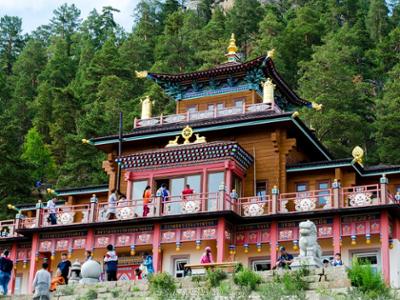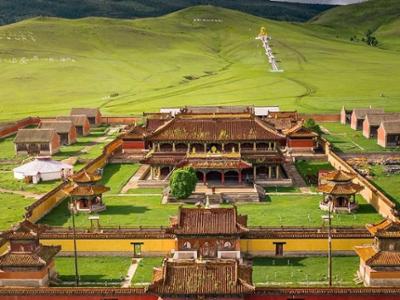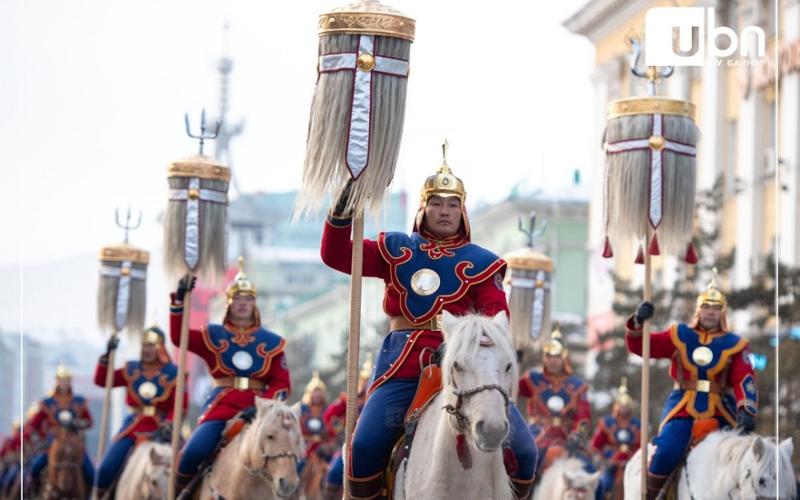
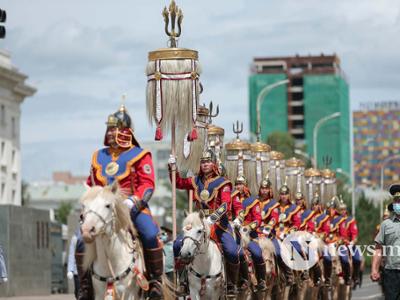
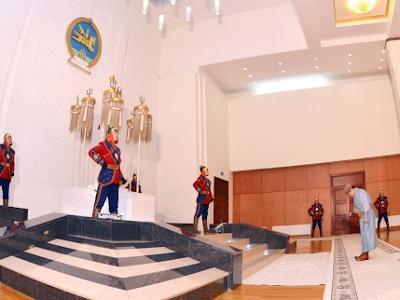
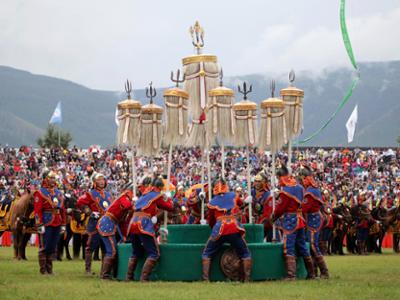
The Nine White Banners are among the most sacred symbols of Mongolian statehood and heritage. Deeply associated with the legacy of Chinggis Khan, these banners have represented unity, peace, and the eternal power of the Mongol state for centuries.
Historical Origins
According to historical accounts, the tradition of the nine banners dates back to the era of Chinggis Khan. Upon unifying the Mongol tribes, Chinggis Khan was declared the Great Khan of the Mongols under Nine White Horsehair Banners — each symbolizing a major Mongol tribe. These banners were revered as emblems of divine authority, national identity, and the celestial mandate to rule.
Symbolism of the White Banners
- White color: Represents purity, peace, and the spiritual strength of the nation.
- Nine: A sacred and auspicious number in Mongolian culture, symbolizing eternity, wholeness, and cosmic power.
- Horsehair: Traditionally made from the tail hair of white stallions, believed to hold spiritual energy.
Modern Role and Preservation
Today, the Nine White Banners are preserved and displayed with the highest honor in the State Palace of Mongolia (Government House) in Ulaanbaatar. They are kept under strict protection and are only brought out during major state ceremonies, such as the inauguration of the President, the opening of Parliament, and other national rituals.
They are carried and guarded by a specially chosen honor guard, dressed in traditional ceremonial attire, reflecting the sacredness and continuity of Mongolian statehood.
The Black War Banners (Counterpart)
Historically, the Nine Black Banners were the martial counterpart to the white ones. They were raised when the nation went to war, symbolizing strength, aggression, and divine sanction for battle. The presence of both white and black banners reflected the dual role of the khan — as a peacemaker and a warrior.
Cultural Importance
- The Nine Banners are seen as a spiritual embodiment of the state.
- No other object in Mongolian culture holds such reverence.
- Their use has transcended centuries, surviving different regimes, and continuing to play a role in modern Mongolia’s identity.


